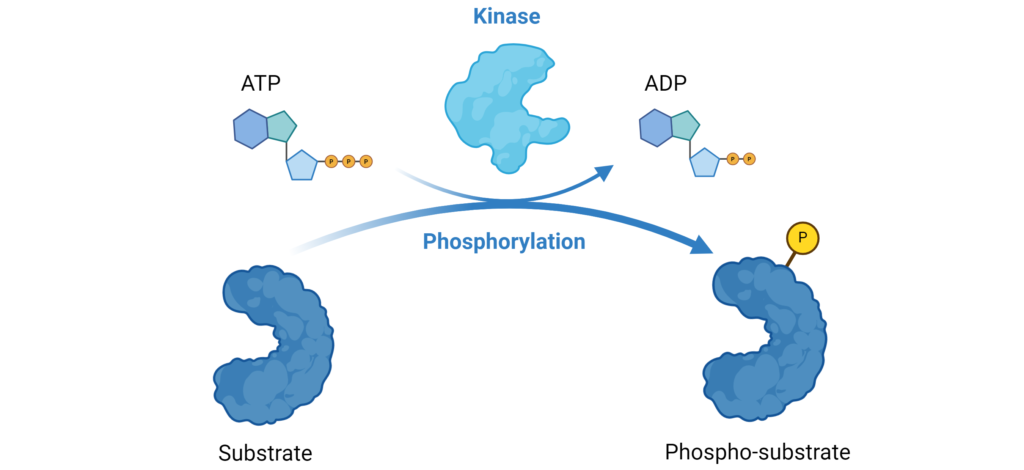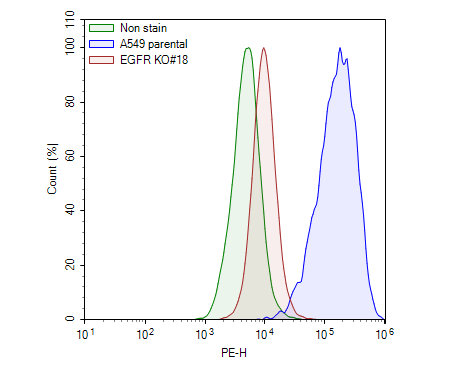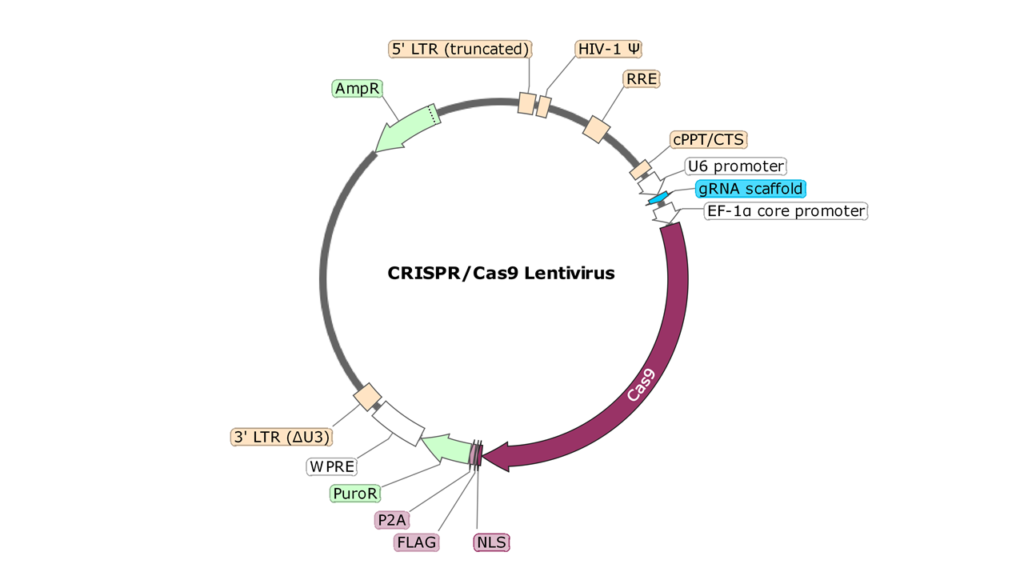CRISPR/Cas9 Knockout Plasmids
Wide range of CRISPR knockout and activation products
Unlock new possibilities in kinase inhibitor discovery with innovative research tools from BPS Bioscience. Explore biochemical assays for screening, or knockout cells and lentiviruses for validation studies.
This news was updated in November 2024
Protein phosphorylation regulates many cellular processes including cellular division, metabolism, signal transduction, and more. There are over 500 kinases encoded by the human genome and it has been estimated that kinases regulate approximately 50% of all cellular functions.
Kinase is the name given to an enzyme that catalyzes the transfer of a phosphate group from ATP to another molecule. Kinases can be broadly separated by their substrate into protein, lipid, nucleotide, and carbohydrate kinases with the protein kinases being further classified based on the specific amino acid(s) they phosphorylate. Kinases are key therapeutic targets across many disease areas, including cancer and immune-related diseases.

Screening or characterizing kinase inhibitors requires robust, consistent assays that deliver the quality data essential to advance the best candidates. Historically, radioactivity-based assays using inorganic 32P or 33P (for cellular experiments) or 32γ-ATP (for in vitro biochemical assays) were performed to measure the incorporation of the radioactive phosphate group into the substrate. However, non-radioactive assays have now become more widely used.
BPS Bioscience’s Chemi-Verse Kinase luminescent assays work by measuring the amount of ADP produced by a kinase upon phosphorylation of a substrate. The assay involves two simple steps. First, the addition of the ADP-Glo™ reagent stops the reaction and quenches any remaining ATP. Then, the Kinase Detection reagent is added to convert the ADP produced into ATP, which is subsequently quantified through a luciferase reaction. The luminescent signal correlates with the amount of ADP generated by the kinase and is linear up to 1 mM ATP.
A broad selection of over 110 Chemi-Verse kinase assay kits is available, including kinase family panels designed for selectivity assessments. These kits use high-quality, purified recombinant enzymes and protein complexes such as CDK/cyclin complexes or PI3K complexes (p85 and p110). Additionally, a collection of clinically relevant mutated kinases is available to help identify or characterize inhibitors that can overcome mutation-induced resistance to therapy.
The kits come in a convenient 96-well format and include purified recombinant kinase, kinase substrate, ATP, and kinase assay buffer, sufficient for 100 enzyme reactions. They are ideal for measuring enzyme kinetics, conducting IC50 assessments, and screening small-molecule inhibitors for drug discovery and high throughput applications.
Advantages:

Targeted protein knockout (KO) models are powerful tools to validate potential therapeutic targets and to evaluate the efficacy and specificity of new therapies by assessing their potential off-target effects. They are particularly useful for analyzing cell signaling pathways and understanding disease mechanisms. BPS Bioscience is developing a new series of biologically relevant KO cell lines that have lost the expression of a therapeutic target of interest.
For example, the EGFR Knockout Cell Line (#82658) is a human lung carcinoma cell line generated from the A549 cell line, which naturally expresses elevated levels of EGFR (epidermal growth factor receptor) and in which EGFR was removed using CRISPR/Cas9 genome editing. This cell line is useful to study the biological effect of removing EGFR in a genetic background that is similar to that of the parent cell line, or to assess the specificity of anti-EGFR biologics.

The CRISPR/Cas9 Kinase Knockout Lentiviruses are designed to simplify creating Knockout-cell lines in your own laboratory. A library of CRISPR/Cas9 Kinase Knockout Lentiviruses is available, targeting all 619 human kinases and pseudo-kinases with five single-guide RNAs (sgRNAs) per gene and includes 150 control sgRNAs as well. These lentiviruses are all-in-one systems that transduce the Cas9 gene along with the sgRNAs targeting the gene of interest.
Choose between the full array library, create a specific kinase panel, or select individual kinase knockout lentiviruses to meet your research needs.
The lentiviruses are replication incompetent, VSV-G pseudotyped lentiviral particles ready to infect almost all types of mammalian cells, including primary and non-dividing cells. The SIN (self-inactivation) lentiviral backbone contains the Cas9 gene (Streptococcus pyogenes CRISPR associated protein 9) driven by an EF1a promoter, an sgRNA driven by a U6 promoter, and a puromycin selection marker.

The lentiviruses integrate randomly into the cellular genome to express both Cas9 and the sgRNAs. Because the lentiviruses contain Cas9, they can be used in any target cell regardless of whether the cells already express Cas9. Puromycin selection ensures high expression of both Cas9 and the sgRNAs to efficiently knockout the gene of interest. Stable CRISPR/Cas9 knockout cell lines can also be generated following limiting dilution.
Note: illustrations were created with BioRender.com
Webinar: Advances and Challenges in Targeting Kinases in Cancer Therapeutics
We gladly support you by keeping you updated on our latest products and the developments around our services.